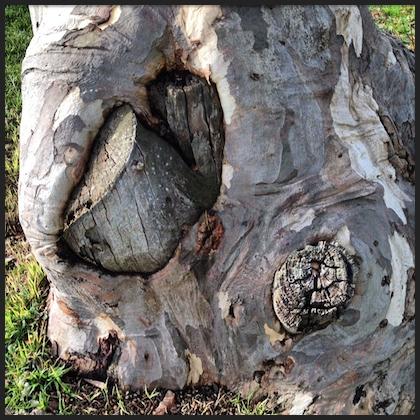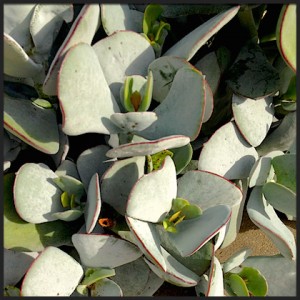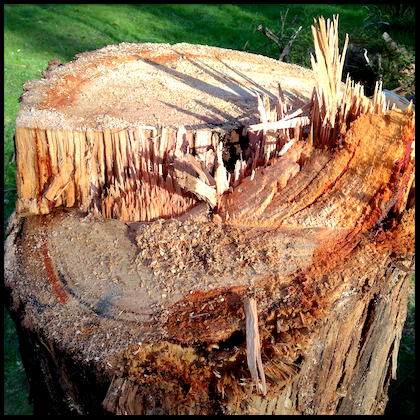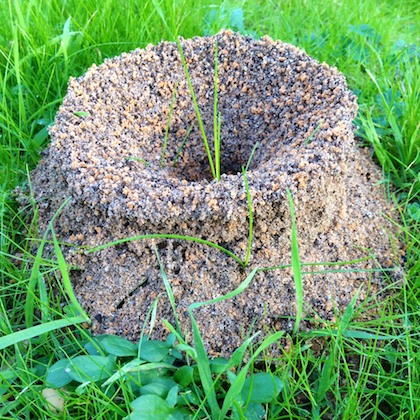Post #13 – where this writer contemplates what he does
I was prompted to write this post after a challenge that came from Mark O’Meara via Twitter after I’d tweeted that I needed something write about for this post.
@colwar perhaps you could debunk or respond to my post. I conversation is better than a rant.
— Mark O’Meara (@MarkOMeara) June 13, 2014
Mark knew that I had just read his post ‘Mixed Messages, or How I Kept Loving Paper’, and we’ve often exchanged ideas in the past – so, I guess he knew I might take the bait.
Mark wrote his post in response to an article that was about banning laptops in the classroom/lecture theatre. It suggested that students may fare better in post lesson tests when they are not allowed to open their laptops. I have no reason to dispute this. Mark reflected on his willingness to use technology (as an elearning leader) in the classroom and wondered just how much is enough, and when might it be better to use other tools for learning. He also mentioned blended learning, but that’s for another post.
I guess Mark & I are in the same business and I often call myself an elearning coordinator (it’s easier & makes more sense than my real title), but then qualify that & say that I’m really an educator. An educator who is interested in using technology to advantage in supporting learning. I think we can get caught up in the excitement and possibilities of educational technologies and forget that they are tools through which students learn. These tools are enabling and can be engaging and I guess their functioning means that they are digital and electronic, rather than analogue (as a paper & pencil might be). But the paper and pencil are technology too. Should we keep making the distinction that these new educational technologies are electronic, and assume that the learning that occurs is ‘e’? I wonder if we should actually still call it elearning? Steve Wheeler asked this question a few years ago in his post ‘Dropping the ‘e’‘.
What I do believe is that it does require a specific skill set to be able use technology effectively in learning. It requires a high level of digital literacy/fluency and good understanding of the capability of the tools to achieve the intended learning outcome. These digital tools should be embedded in the curriculum as a support & enabling device like books, paper, conversation etc., and not ‘be’ the curriculum. I guess I see that learning in today’s world should use the (appropriate) tools available so that students don’t just learn their intended subject matter, but also learn skills in how to use the tools to help them learn themselves. Students should learn how to ‘consume’ discerningly, as well as be able to ‘create’ evidence of what they now know & understand. What do you think?
Tree embedding old timber as it grows around it.
Our Word of the Day is: ‘ambulant’, like, as in able to get around.






